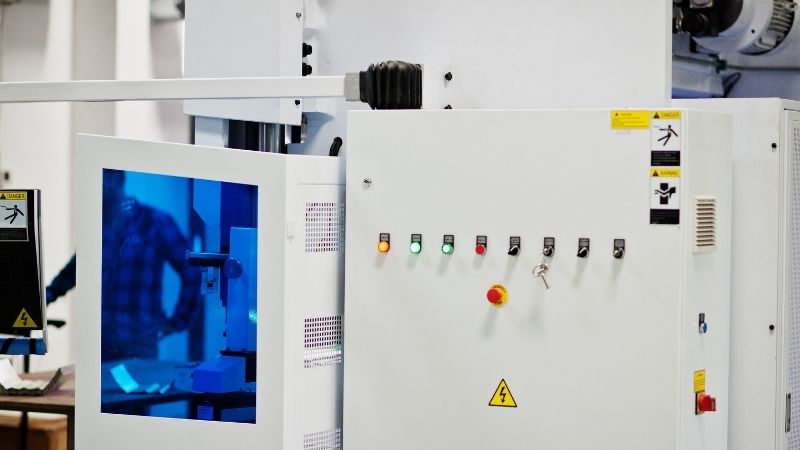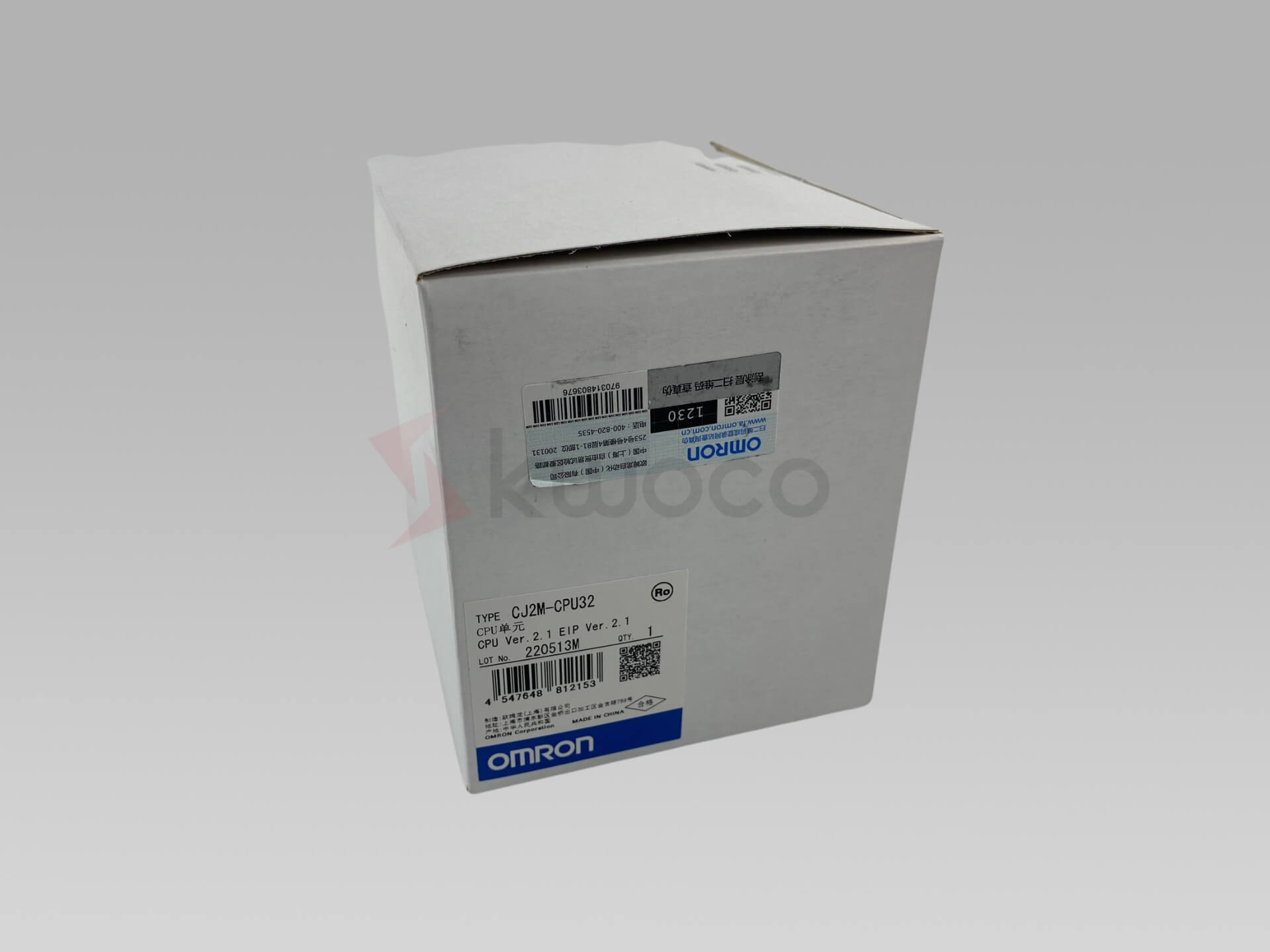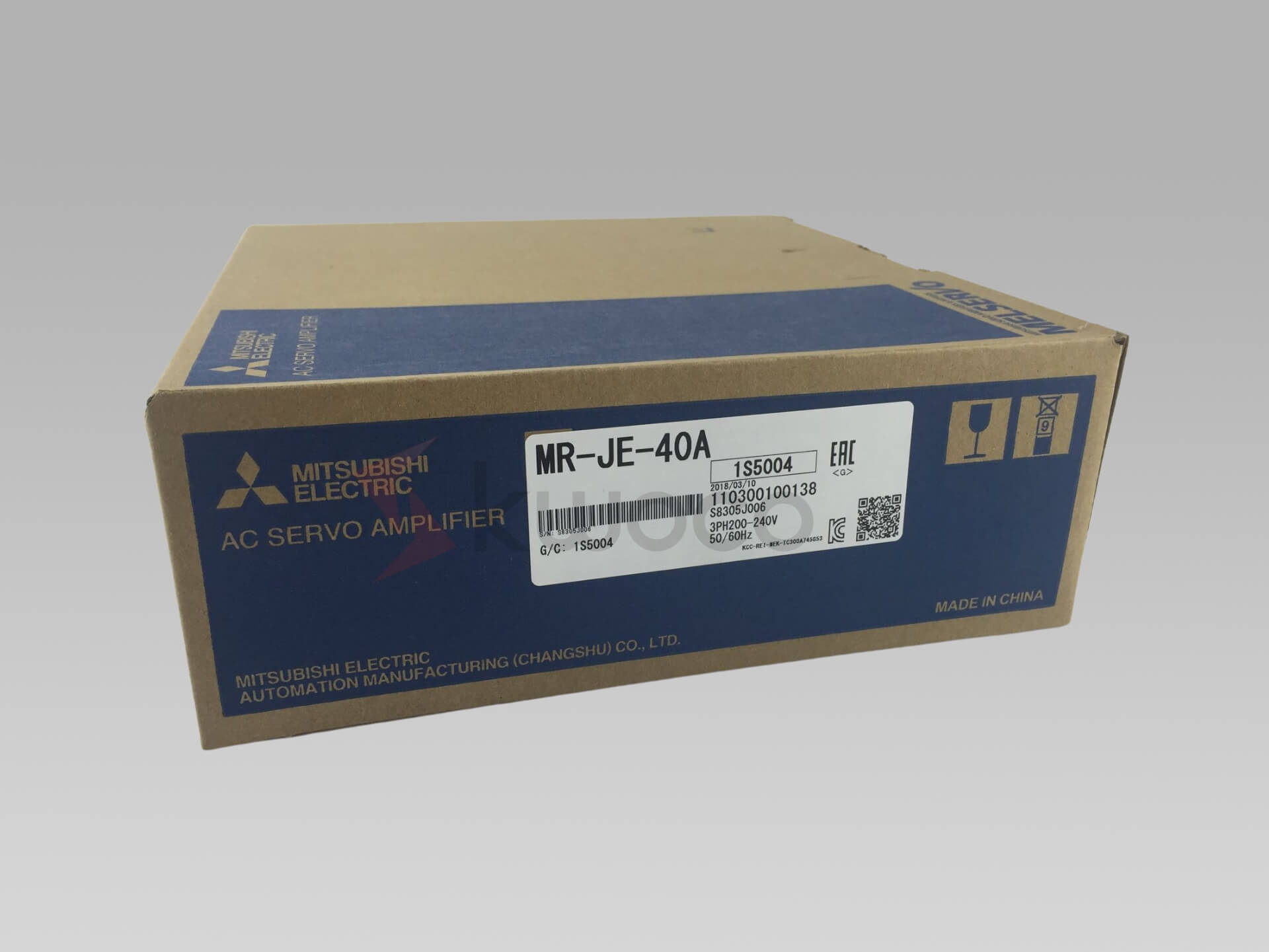RTD and Thermocouples: Vital Sensors for Industrial Automation
Whether you’re a seasoned technician or new to the field, understanding these sensors’ functionalities, advantages, and applications will enhance your ability to implement effective temperature monitoring solutions.
Table of Contents
What is an RTD and How Does It Work?
Resistance Temperature Detectors (RTD) are precision sensors used to measure temperature by correlating the resistance of the RTD element with temperature. Typically made from pure platinum, nickel, or copper, RTD offer high accuracy and stability, making them indispensable in various industrial applications.
How RTD Measure Temperature
RTD operate based on the principle that the electrical resistance of certain metals changes predictably with temperature. As the temperature increases, the resistance of the RTD element also increases. This change is measured and converted into a temperature reading, often via a PLC input card or other temperature monitoring systems.
Types of RTD Configurations
RTD come in different wire configurations—2-wire, 3-wire, and 4-wire—each offering varying levels of accuracy and compensation for lead wire resistance. The 3-wire RTD is commonly used in industrial settings as it provides a good balance between complexity and accuracy.
How Do RTD Compare to Thermocouples in Temperature Measurement?
When it comes to temperature sensing, RTD and thermocouples are the two primary contenders. Understanding their differences is key to selecting the right sensor for your application.
Accuracy and Stability
RTD are renowned for their superior accuracy and long-term stability compared to thermocouples. They typically offer a tolerance of ±0.1°C, making them ideal for applications requiring precise temperature control.
Temperature Range
While RTD are excellent for a wide range of temperatures, thermocouples excel in measuring extremely high or low temperatures, often beyond the range that RTD can handle. For instance, Type K thermocouples can measure temperatures up to 1,800°C, whereas RTD are generally limited to around 850°C.
Response Time
Thermocouples generally have a faster response time due to their simpler construction, making them suitable for dynamic processes where rapid temperature changes need to be detected swiftly.
What Factors Influence the Tolerance of RTD Sensors?
The tolerance of an RTD sensor refers to its accuracy and reliability in measuring temperature. Several factors can influence an RTD’s tolerance, ensuring precise temperature monitoring.
Material Quality
The purity of the RTD element, often platinum, significantly affects its tolerance. High-purity materials exhibit more predictable resistance changes with temperature, enhancing accuracy.
Calibration
Regular calibration ensures that RTD sensors maintain their accuracy over time. Calibration involves comparing the RTD’s readings against known temperature standards and adjusting as necessary.
Environmental Conditions
Factors such as electrical noise, vibrations, and ambient temperature can impact RTD performance. Proper shielding and installation practices help mitigate these effects, maintaining the sensor’s tolerance.
What Role Do Wires Play in RTD Sensor Performance?
The wiring of an RTD sensor plays a crucial role in ensuring accurate temperature measurements. The number of wires and their quality can influence the sensor’s performance and reliability.
Wire Configuration
RTD are available in 2-wire, 3-wire, and 4-wire configurations:
- 2-Wire RTD are the simplest but are more susceptible to errors due to lead wire resistance.
- 3-Wire RTD offer better compensation for lead wire resistance, providing improved accuracy.
- 4-Wire RTD deliver the highest accuracy by completely eliminating lead wire resistance from the measurement.
Wire Material and Quality
Using high-quality, platinum wires ensures minimal resistance changes unrelated to temperature variations. Additionally, proper shielding of wires can prevent electrical noise from affecting the sensor’s readings.
Installation Practices
Proper installation, including the use of thermal wells, can protect the RTD sensor from environmental factors and mechanical stress, preserving the integrity of the wire connections and the overall sensor performance.
How Do PLCs Integrate with RTD Sensors in Industrial Automation?
Programmable Logic Controllers (PLCs) are integral to modern industrial automation systems, and their seamless integration with RTD sensors is essential for effective temperature monitoring and control.
Connecting RTDs to PLCs
RTD sensors connect to PLCs via input cards designed to interpret the RTD’s resistance changes into meaningful temperature data. These input modules often feature analog input capabilities to handle the continuous nature of temperature measurements.
Data Processing and Control
Once connected, the PLC processes the temperature data to make real-time decisions. For example, if the temperature exceeds a set set point, the PLC can trigger actions such as activating cooling systems or adjusting motor speeds to maintain optimal conditions.
Enhancing System Reliability
Integrating RTD with PLC allows for sophisticated monitoring and control strategies, enhancing the overall reliability and efficiency of industrial processes. Additionally, PLCs can log temperature data for calibration purposes and predictive maintenance, reducing downtime and operational costs.
Frequently Asked Questions
What is the primary advantage of using an RTD over a thermocouple?
RTD offer higher accuracy and better long-term stability compared to thermocouples, making them ideal for applications requiring precise temperature measurements.
How does the wire configuration affect RTD performance?
The wire configuration (2-wire, 3-wire, or 4-wire) impacts the accuracy of the temperature readings by compensating for lead wire resistance. More wires generally provide better accuracy.
Can RTDs measure extremely high temperatures like thermocouples?
RTDs have a more limited temperature range compared to thermocouples. While they are suitable for most industrial applications, thermocouples are preferred for measuring very high or low temperatures.
How often should RTD sensors be calibrated?
Regular calibration is recommended to maintain accuracy, typically annually or as specified by the manufacturer or industry standards.
Power your projects with brand-new, original Omron, Mitsubishi, Schneider PLC – in stock, ready now!
Conclusion
- RTDs are highly accurate and stable temperature sensors ideal for precise industrial applications.
- Thermocouples offer a broader temperature range and faster response times but are less accurate than RTDs.
- Wire configuration (2-wire, 3-wire, 4-wire) plays a significant role in the accuracy of RTD measurements.
- PLCs integrate seamlessly with RTD sensors, enabling sophisticated temperature monitoring and control in automation systems.
- Regular calibration and proper installation practices are essential for maintaining the accuracy and reliability of RTD sensors.
By understanding the functionalities and applications of RTDs and thermocouples, professionals in the industrial automation sector can make informed decisions to enhance their temperature monitoring systems, ensuring efficiency and reliability in their operations.
Looking for new, original PLCs for your projects? At Kwoco, we stock the latest PLCs from top brands like Omron, Mitsubishi, and Schneider. Shop with confidence—fast shipping, guaranteed quality! Buy Now
Contact Us
Just fill out your name, email address, and a brief description of your inquiry in this form. We will contact you within 24 hours.
You May Also Find These Topics Interesting

Siemens Drive Fault Code: A Comprehensive Guide to Troubleshooting and Resolution
This article provides a detailed guide to understanding and troubleshooting Siemens drive fault codes. Whether you’re an experienced engineer or new to industrial automation, this comprehensive resource will help you quickly diagnose and resolve issues, minimizing downtime and optimizing productivity. It’s worth reading because it offers practical insights, step-by-step instructions, and expert advice to keep your operations running smoothly.

Top PLC Manufacturers: The Best Brands in Programmable Logic Controllers
Programmable Logic Controllers (PLCs) are the heart of modern industrial automation. They control machinery, processes, and factory assembly lines, making operations more efficient and reliable. This article dives into the world of PLC manufacturers, exploring the leading PLC brands that power industries worldwide. Whether you’re new to automation or looking to upgrade your systems, understanding the top players in the PLC market is essential.

Can I use PC instead of PLC?
In the ever-evolving world of industrial automation, a pressing question often arises: Can I use a PC instead of a PLC? With the advancements in technology, both PLCs (Programmable Logic Controllers) and PCs (Personal Computers) have become integral in controlling industrial processes. This article explores the major differences between these two control options, helping you decide which is best suited for your automation system.






